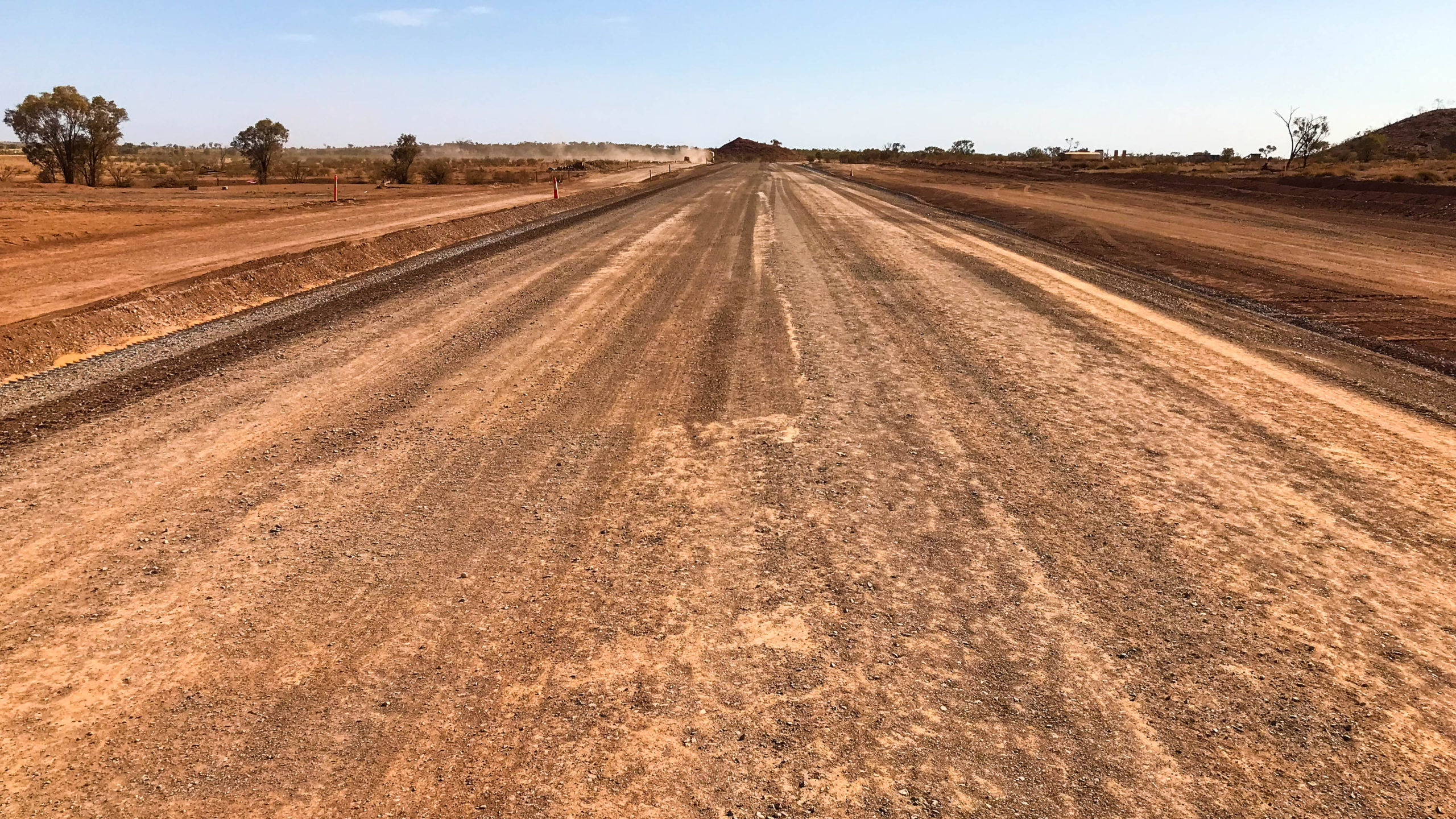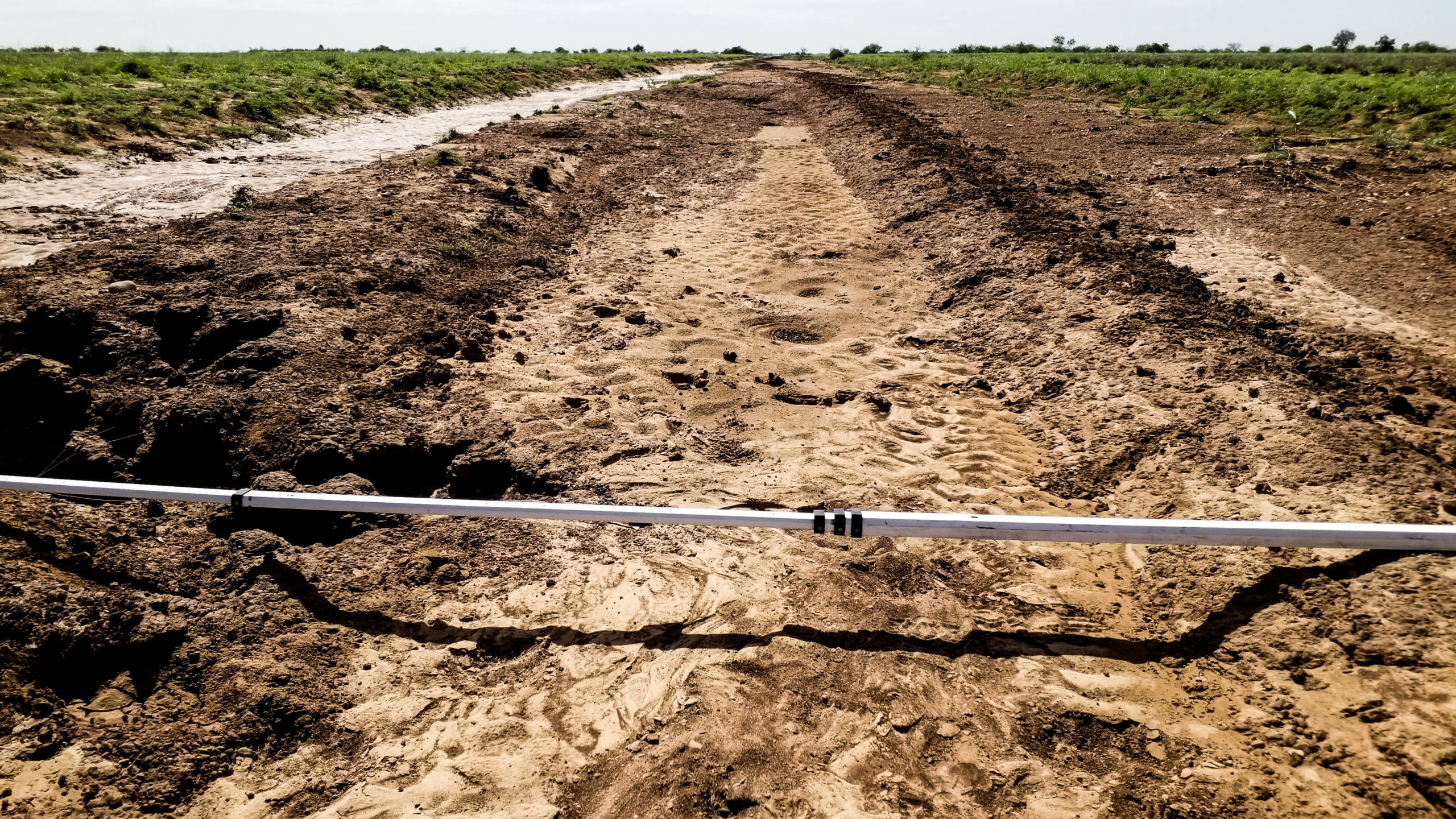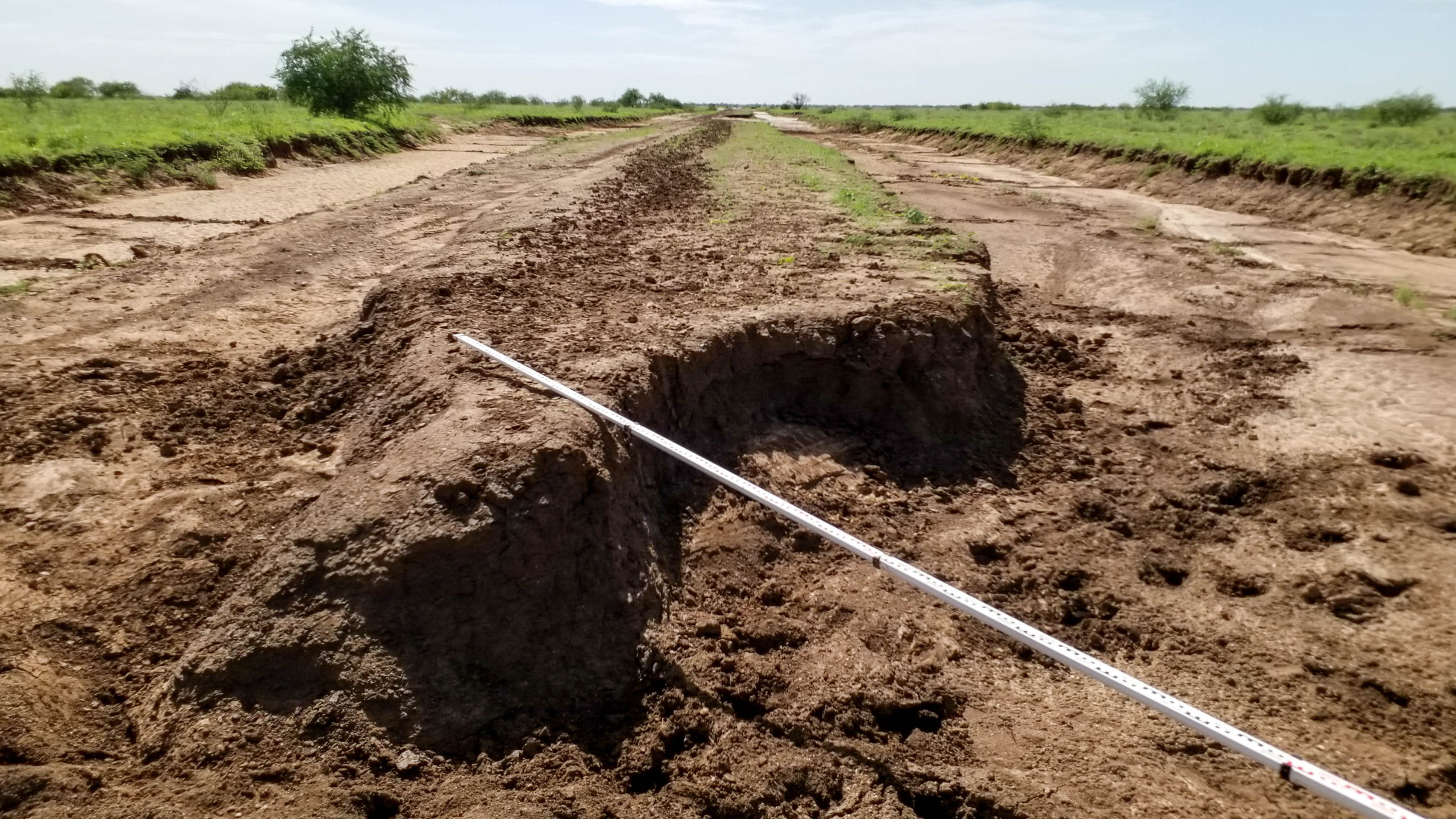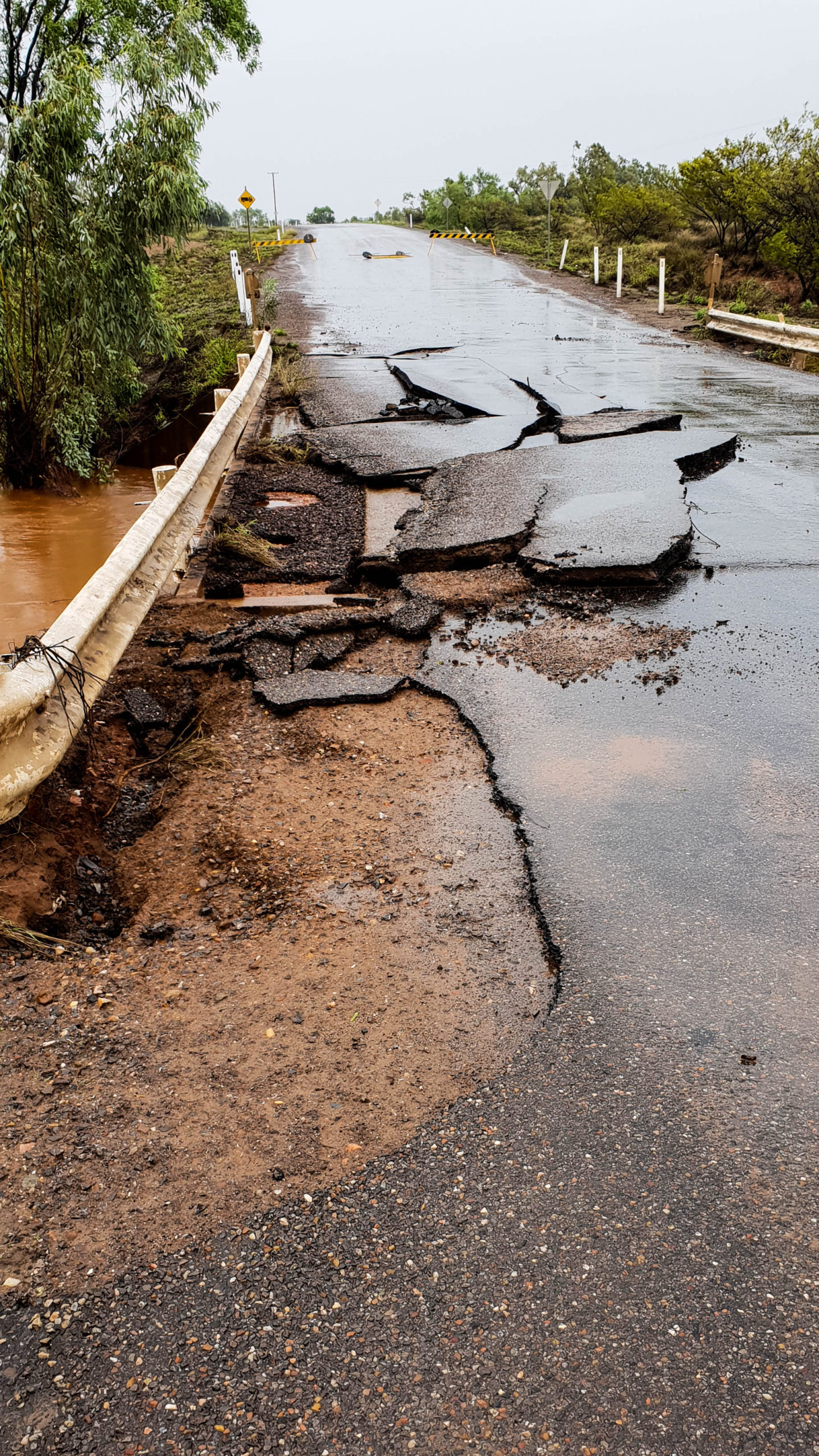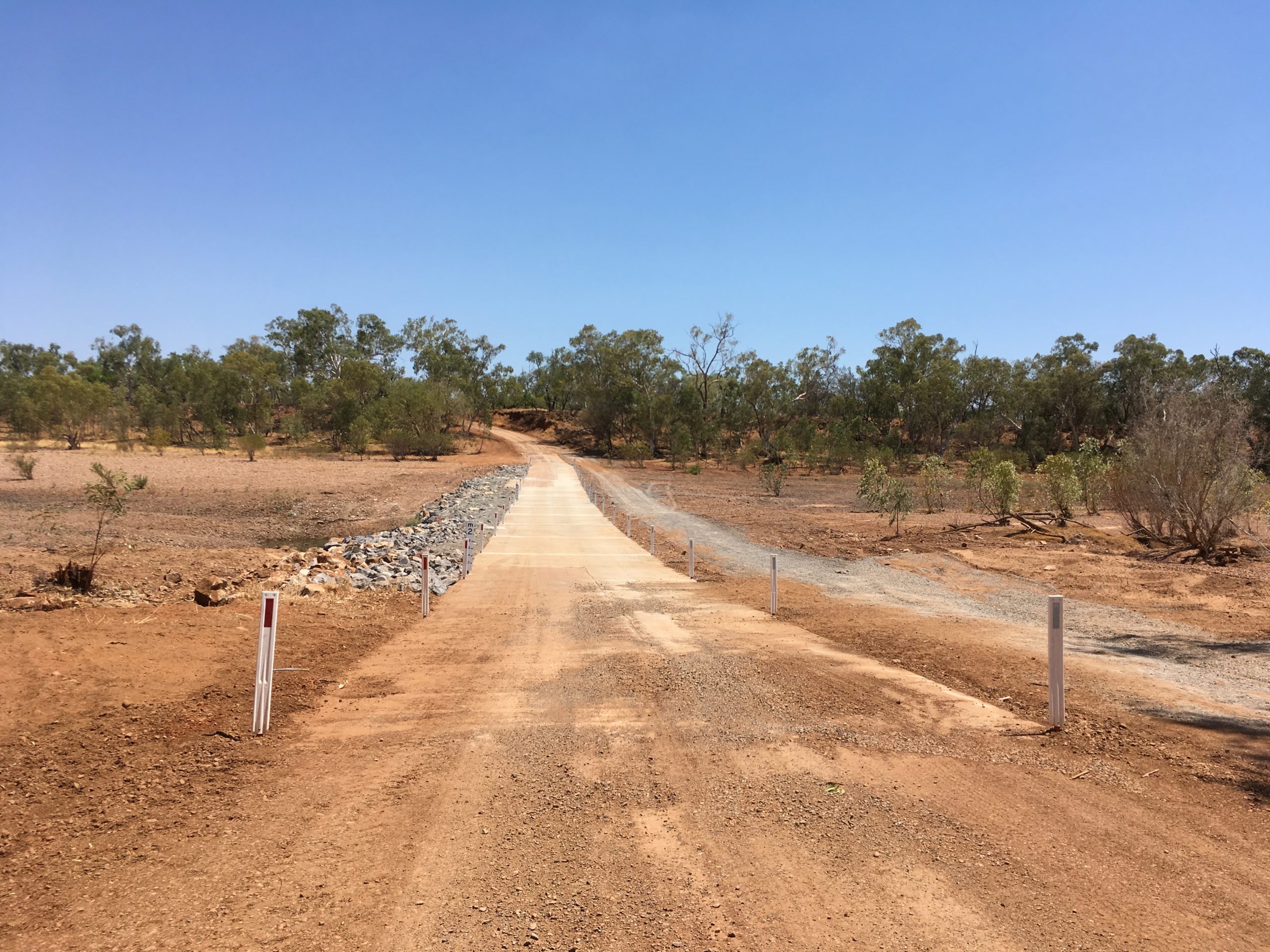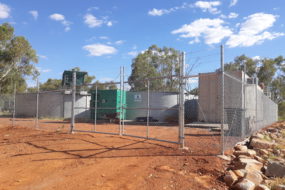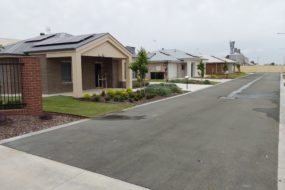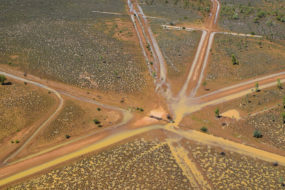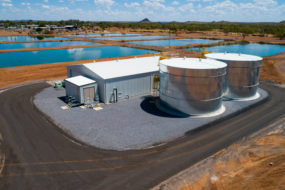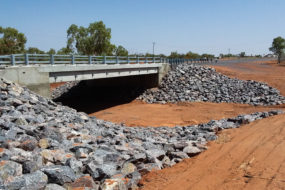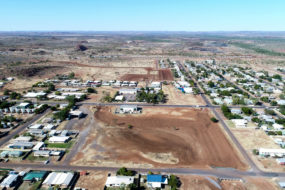Flood Restoration Through The Disaster Recovery Funding Arrangements
Curry Project Management managed the Flood Restoration through the Disaster Recovery Funding Arrangements (DRFA) initiative, supporting the restoration of essential public assets affected by natural disasters. The DRFA is a joint funding initiative by the Australian and State governments to provide disaster relief, recovery payments, and infrastructure restoration. CPM played a critical role in helping councils navigate the DRFA process, managing assessments, documentation, and project delivery. The initiative was specifically aimed at restoring infrastructure impacted by natural disasters in Queensland and New South Wales.
Key areas of responsibility included:
- Assisting councils in assessing and documenting the impact of natural disasters on essential public assets using Geographic Information Systems (GIS), site visits, and satellite imagery.
- Managing both temporary and permanent reconstruction works to restore essential public assets to their pre-disaster condition, ensuring compliance with DRFA requirements.
- Guiding councils through the DRFA submission and approval process, ensuring all documentation, including pre- and post-disaster evidence, was properly prepared and submitted.
Specific Responsibilities under the Contract
- CPM oversaw comprehensive assessments of public assets using GIS, satellite imagery, and on-site inspections. This involved collecting detailed damage information to activate DRFA funding and prepare for subsequent reconstruction phases.
- Managing emergency repairs for temporary restoration of access and permanent reconstruction works to return assets to pre-disaster conditions. CPM ensured all activities met DRFA standards to secure funding and compliance.
- Collecting georeferenced photos, engineering reports, asset condition data, and maintenance records to support detailed DRFA submissions. This documentation was critical in demonstrating the extent of damage and the necessity for repairs.
Procurement, Delivery & Site Management
CPM developed a Procurement Plan reviewing council resources and local supply options for cost-effective, timely delivery under DRFA guidelines and managed tenders with detailed specifications. During delivery, CPM ensured compliance through site visits, safety audits, and environmental oversight, maintaining quality control and monitoring impacts on culturally significant areas. Reports and photographic evidence were submitted to councils and agencies to support timely completion and reimbursement.
Submissions and Compliance
CPM played a key role in assisting councils with the submission process to the administering agencies, including:
- Submission Preparation: Ensuring submissions were lodged using the appropriate forms and included all required supporting documentation such as damage details, asset GPS coordinates, and georeferenced photographic evidence.
- Progress Reporting: Preparing mandatory monthly progress reports to update the administering agency on project expenditures, timelines, and completion percentages.
- Final Acquittal Reports: Once reconstruction works were completed, CPM ensured councils submitted final acquittal reports, including detailed costs, asset-level data, and photographic evidence, as required by the DRFA guidelines.
Project Management of Works
The project management team was tasked with:
- Asset Damage Assessment: Overseeing detailed assessments of key public assets using GIS, satellite imagery, and on-site inspections to identify and document damage caused by the disaster. This information was used to trigger DRFA activation and prepare for reconstruction.
- Emergency and Permanent Works: Managing emergency works for the temporary repair of essential public assets and overseeing the permanent reconstruction works, ensuring all repairs met DRFA standards for reimbursement and compliance.
- Data Collection and Documentation: Collecting georeferenced photos, engineering reports, asset data, and maintenance records to ensure accurate documentation of pre- and post-damage conditions, supporting the DRFA submission process.
Contractor Coordination
The project management team ensured that contractors:
- Completed emergency works within three months, restoring temporary access to essential public assets while detailed damage assessments were being conducted.
- Carried out permanent reconstruction works to restore essential public assets to their pre-disaster condition, adhering to DRFA guidelines and timelines.
- Coordinated with local contractors and suppliers to optimise resource use, particularly for gravel, water, and equipment, ensuring works were completed ahead of the wet season to maximise asset resilience.
As-Built Construction Data
CPM ensured the collection of high-quality as-built records throughout the flood restoration process, documenting the exact nature of the damage and the repair works. These records were compiled using GIS data, photographic evidence, and engineering reports. Submissions were made to the administering agencies (Queensland Reconstruction Authority or Public Works/Transport for NSW) for review and approval, ensuring compliance with DRFA standards. This meticulous approach to documentation ensured councils could receive timely reimbursement and continue essential asset restoration.
This rigorous approach ensured that councils met DRFA requirements, maximised their reimbursement potential, and restored their essential public assets in a timely and resilient manner

